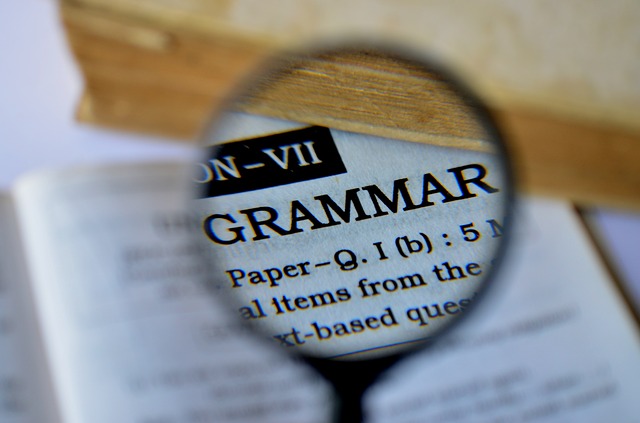“Jude speaks loudly” we would not have gotten a hold of how loud Jude speaks and we might have spent a lot of money trying to get a public address system for him. Just kidding about that.
Adverbs modify verbs to help you comprehend the hows, wheres, whens, and whys associated with them. Adjectives, adverbs, and occasionally the entire phrase are also modified by adverbs to provide the right context and aid in understanding the intensity of these actions.
In this article, many adverb types, including those for time, manner, place, degree, and so forth, were discussed. Conjunctive adverbs, also known as adverbial conjunction, which link clauses together, were also explained. At Amazing Talker ( online learning platform), you should work with skilled online teachers to gain a deeper knowledge of these concepts.
What is an Adverb
Adverbs are words or phrases that modify, qualify and describe verbs, adjectives, and other adverbs like themselves. It helps in illustrating time, manner, places, degree e.t.c by giving more and clearer meaning to these adverbs.
Adverbs are more than verb modifiers, adverbs modify verbs, adjectives, clauses, other adverbs, phrases, determiners, sentences at times e.t.c adverbs help answer a lot of questions that will definitely follow a verb.
For example, “A snake was killed” is a sentence that will be followed with questions like where the snake was killed, what time it was killed, how it was killed, in what way or manner was it killed e.t.c the answers to the questions of how, where, manner, time e.t.c are answered by adverbs.
For a better explanation, here are some types of adverbs and their usages
Types and usage of Adverb
- Adverb of TIME
“I will see you…” after reading that statement, what comes to your mind? I am sure if your friend says that to you, you will respond immediately with “when”, what you are seeking for is time. Let’s say the statement changes to “I will see you soon”, now there’s clarity and modification to the verb see, the adverb soon has helped modify and qualifies the verb, making it a whole sentence with clarity.
PS: Adverbs that answers the question “when” are sometimes regarded as a temporary adverb.
- Adverb of MANNER
Adverbs of manners are the ones that answer the question of how. Bringing back the aforementioned snake example, “….the snake was killed” how? This will be the follow-up question if I was to be discussing with my friend.
“We saw a snake in the classroom but the snake was killed quickly” quickly in that sentence is categorised as an Adverb of manner, it answered the question of how the snake was killed. Other examples are; happily, slowly, sadly e.t.c
- Adverb of PLACE
Up, down, around, nearby, north, south, between, around, faraway, forward. and backward are all examples of adverbs of place, but they can be categorized into adverbs of direction, location, distance e.t.c what is most important is that adverbs of place answer the question of where.
“The snake was killed” where? Adverb of place will give an answer to this, either directional north, location classroom, or distance far away.
- Conjunctive adverb
Conjunctive adverbs act like conjunction most times because they are used to connect two independent clauses together. Although these clauses are two independent sentences that make sense on their own, the second clause is however used to modify the first clause.
Conjunctive adverbs are sometimes referred to as adverbial conjunction. Examples of conjunctive adverbs are; additionally, furthermore, however, also, besides e.t.c
- Adverb of DEGREE
Degree adverbs are used to modify adverbs, verbs, and adjectives to show the degree to which something was done or action effects. Adverbs help you know the intensity of something. E.g the water is very hot.
Other examples of Adverb of Degree are almost, extremely, terribly, Insanely e.t.c
- Adverb of FREQUENCY
Usually, always, often, sometimes, rarely, never e.t.c are examples of adverbs of frequency, they help us describe the frequency of an action, what are the chances of occurrences and how people should be expectant.
Conclusion
Conclusively, it is important to note that despite the fact that most adverbs are formed by adding -ly to adjectives, there are some adverbs like soon, almost, never, often e.t.c that do not end with -ly. That said, adverbs are generally categorized into 2, which are relative adverbs and sentence adverbs.
Relative adverbs are the adverbs that provide answers to dependent clauses like when, and where. And why? While sentence adverbs are the one that modifies and qualifies a whole sentence. E,g “I killed a snake, but it already bit someone, unfortunately”.
To get more knowledge of this, you can hire a skilled online teacher on online learning platforms like Amazing Talker. You will definitely be able to ask some questions which might be confusing and you will be able to get clarity on them.
